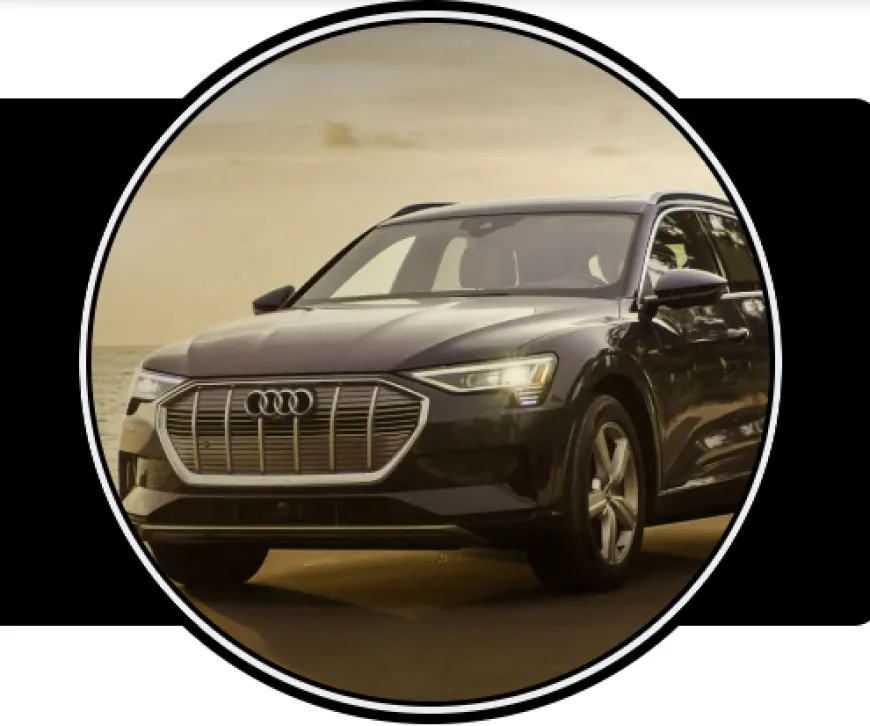Motorcycle Insurance Costs: What to Expect and How to Get the Best Coverage
The cost of motorcycle insurance depends on various factors, including the rider’s profile, location, bike type, and coverage needs.

Motorcycle insurance is essential for every rider, providing peace of mind and financial protection against accidents, theft, and damages. Like car insurance, how much should motorcycle insurance cost vary based on multiple factors. Understanding what impacts these costs and how to manage them can help riders get the best value for their coverage. Here’s a detailed look at motorcycle insurance expenses and tips for choosing the right policy.
1. What Determines Motorcycle Insurance Costs?
The cost of motorcycle insurance is based on multiple factors, each affecting the level of risk an insurance company assumes when providing coverage. Here are some primary considerations:
- Rider’s Age and Experience: Younger riders and those with less experience are typically considered high-risk, which can result in higher premiums. Older riders with a long history of safe riding usually qualify for lower rates.
- Location: Where you live can influence your premiums due to varying accident and theft rates in different areas. Riders in urban areas tend to pay more than those in rural locations, as urban areas often have higher traffic and theft rates.
- Type and Size of Motorcycle: Premiums can vary significantly depending on the motorcycle’s make, model, and engine size. High-performance bikes, such as sport bikes, often come with higher premiums due to their increased accident risk. In contrast, standard or cruiser motorcycles might cost less to insure.
- Intended Usage: Riders who use their bikes frequently or for long commutes tend to pay higher rates than those who ride less often. Insurance companies consider higher mileage as an increased risk factor.
- Coverage Options and Deductibles: The amount of coverage you choose directly impacts your premium. Higher liability limits and additional coverages like comprehensive and collision increase the cost. Additionally, a lower deductible will raise your premium, while a higher deductible may reduce it.
- Claims and Accident History: Riders with a clean record pay less for motorcycle insurance. A history of claims, accidents, or violations can lead to higher premiums, as it indicates a greater risk to insurers.
- Credit Score (in Some States): Some states permit insurers to consider a rider's credit score, with better scores resulting in lower premiums due to perceived financial responsibility.
2. Typical Costs for Motorcycle Insurance
Motorcycle insurance can vary widely based on the factors above, but average annual costs in the U.S. generally range between $200 and $1,000. Here’s a rough breakdown of typical costs based on bike type and rider profile:
- Standard Motorcycles: Average cost for these bikes is between $200 and $500 per year. These motorcycles tend to have a moderate risk level and are more affordable to insure than high-performance models.
- Cruisers and Touring Motorcycles: These bikes, popular with older riders who have more experience, often cost between $250 and $600 annually.
- Sport Bikes: Known for their speed and high accident rates, sport bikes cost more to insure, ranging from $500 to $1,500 per year. Riders who prefer these high-performance motorcycles may see significantly higher premiums.
- Scooters and Mopeds: Smaller scooters and mopeds usually have the lowest insurance costs, often between $100 and $300 per year. Since they have less power and are typically used for short, low-speed trips, they’re considered lower risk by insurers.
3. Coverage Options and Their Cost Implications
Motorcycle insurance policies include various types of coverage, each of which affects the overall cost of your policy:
- Liability Insurance: This is typically the minimum coverage required by law and covers bodily injury and property damage you cause to others in an accident. Liability coverage is generally more affordable, with minimum limits costing around $100 to $300 per year, depending on the bike and location.
- Collision Coverage: This optional coverage pays for damage to your motorcycle resulting from an accident with another vehicle or object. Adding collision coverage can raise premiums by $100 to $300 per year.
- Comprehensive Coverage: Comprehensive covers non-collision incidents, such as theft, vandalism, or weather-related damage. This adds around $50 to $200 per year, depending on the bike’s value and location.
- Uninsured/Underinsured Motorist Coverage: This covers expenses if you're hit by a driver who lacks sufficient insurance. Costs vary but are generally $50 to $150 annually.
- Medical Payments Coverage: Some riders add medical payments coverage to help pay for medical expenses after an accident, regardless of fault. This adds around $50 to $100 per year.
4. Tips for Lowering Motorcycle Insurance Costs
Finding affordable motorcycle insurance requires a bit of research and planning. Here are some strategies to reduce your premiums:
- Shop Around and Compare Quotes: Comparing quotes from different insurance companies can yield significant savings, as rates vary between providers. Use online comparison tools or speak with independent insurance agents.
- Increase Your Deductible: A higher deductible can reduce your premium, although it means paying more out-of-pocket in case of a claim. Consider your financial ability to pay the deductible before choosing this option.
- Bundle Policies: If you already have auto or home insurance, bundling motorcycle insurance with the same provider may offer a discount.
- Take a Motorcycle Safety Course: Many insurers offer discounts for completing an approved motorcycle safety course. These courses are especially helpful for new or young riders to reduce their rates.
- Limit Your Coverage on Older Bikes: For older motorcycles with lower value, consider liability-only coverage, especially if the cost of comprehensive and collision exceeds the bike’s replacement value.
- Seasonal Riding Considerations: If you only ride during certain seasons, look into policies that provide coverage for seasonal use. Some insurers offer “lay-up” policies, which reduce coverage to comprehensive only during non-riding months.
- Maintain a Clean Driving Record: Avoiding accidents and traffic violations is one of the best ways to keep insurance costs down. Many insurers offer accident-free discounts.
5. Comparing Motorcycle Insurance Providers
Some of the best motorcycle insurance providers in the U.S. offer competitive rates and special discounts tailored to riders. Here are a few prominent insurers to consider:
- Progressive: Known for its customizable policies, Progressive offers discounts for bundling policies and completing safety courses. They provide unique options like total loss coverage for new bikes.
- Geico: Geico is popular for its affordable rates and offers a wide range of coverage options, including accessories coverage. They’re known for offering competitive rates for young riders.
- Dairyland: Dairyland specializes in motorcycle insurance and caters to riders of all experience levels. They provide flexible payment plans and additional benefits like roadside assistance.
- Allstate: Allstate offers unique features such as accident forgiveness and new bike replacement coverage. They also provide bundled discounts and loyalty discounts for long-term customers.
6. Is Motorcycle Insurance Worth the Cost?
The value of motorcycle insurance goes beyond compliance with legal requirements. Having the right coverage protects riders from significant financial losses and provides peace of mind. Here’s why motorcycle insurance is an essential investment:
- Financial Protection: Motorcycle accidents can be costly, with expenses for repairs, medical bills, and legal liabilities. Insurance provides a safety net to protect your finances.
- Peace of Mind on the Road: Comprehensive coverage ensures that riders can enjoy the freedom of the open road without the stress of potential financial ruin.
- Protection Against Theft and Vandalism: Motorcycles are often targets for theft due to their high resale value and ease of access. Comprehensive insurance covers theft, so you won’t be left without compensation.
7. Understanding State Minimum Requirements
Each state has different minimum requirements for motorcycle insurance, typically requiring at least liability coverage. However, these minimums may not cover all expenses in the event of a serious accident. It’s wise to consider additional coverage options to ensure full protection.
For more details click here: https://joripress.com/
What's Your Reaction?
 Like
0
Like
0
 Dislike
0
Dislike
0
 Love
0
Love
0
 Funny
0
Funny
0
 Angry
0
Angry
0
 Sad
0
Sad
0
 Wow
0
Wow
0























































